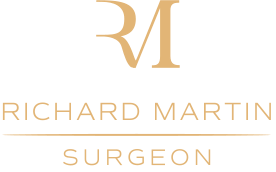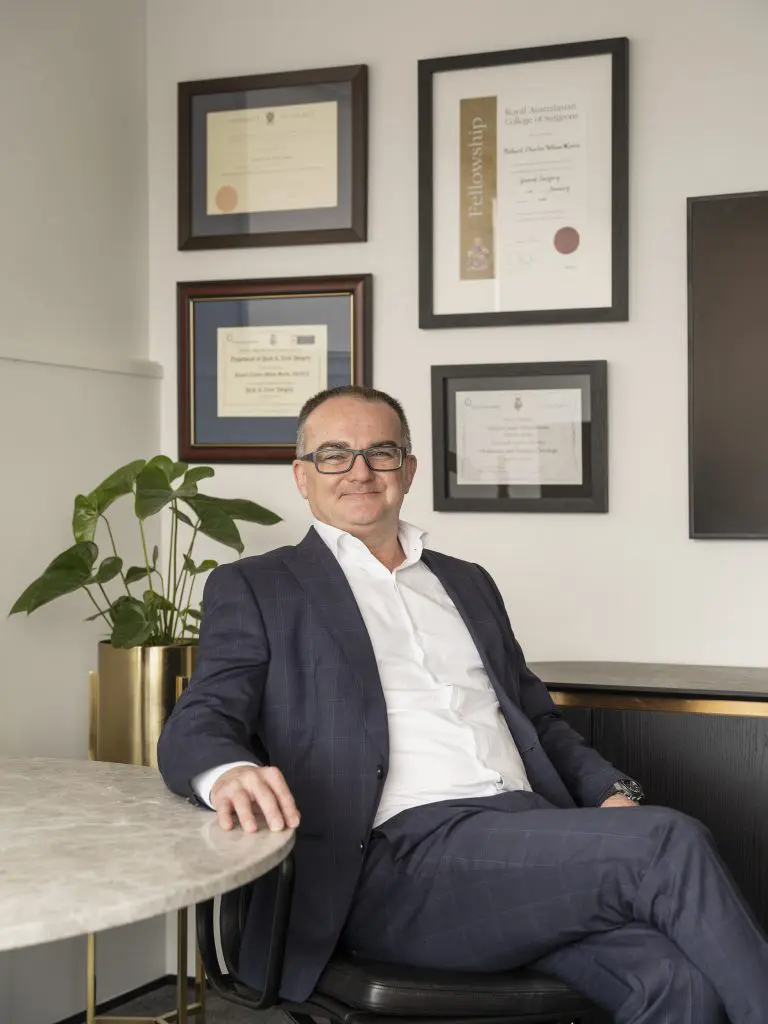
Melanoma, Skin Cancer and
Thyroid Specialist Surgeon Auckland
Affiliated Provider Southern Cross & NIB First Choice Network
If you are dealing with an illness, you want the best possible care, a compassionate approach, and a surgeon with exceptional knowledge and experience.

Mr Richard Martin
Associate Professor (Hon.) Richard Martin is a New Zealand-trained General Surgeon who spent two and a half years at the Sydney Cancer Center specialising in melanoma and head/neck/thyroid/parathyroid surgery, and is New Zealand’s leading Melanoma Surgical Oncologist and key opinion maker.
You can arrange a consultation with him at The Specialists Takapuna or several public or private locations in Auckland, including Warkworth Medical Centre, Peninsula Medical Centre and Skinsafe in Orewa.
Skin Cancer & Melanoma
Treatment and intervention for
basal and squamous cell carcinoma, melanoma, Merkel cell carcinoma, & rare cutaneous malignancies.
Head & Neck Lumps
Endocrine Surgery
General Surgery
Cysts & Lipomas
Cysts and lipomas can be investigated, tested and treated at a range of locations across the Auckland region. Click through here and find out about our approach.
Choose the Leading Head and Neck Specialist & Skin Cancer Surgeon in Auckland
If you are facing uncertainty, you need peace of mind. Associate Professor (Hon.) Richard Martin uses his expertise to assess, test, diagnose, treat and perform surgery so you can be assured that you are being taken care of to the highest standard throughout each part of the process.
Locations

THE SPECIALISTS TAKAPUNA

SKINSAFE SKIN CANCER CLINIC

WARKWORTH MEDICAL CENTRE

PENINSULA MEDICAL CENTRE

SOUTHERN CROSS NORTH HARBOUR HOSPITAL

RODNEY SURGICAL CENTRE

NORTH SHORE HOSPITAL

WAITAKERE HOSPITAL
Make an Enquiry
Please contact my rooms for an appointment to access my extensive experience.









